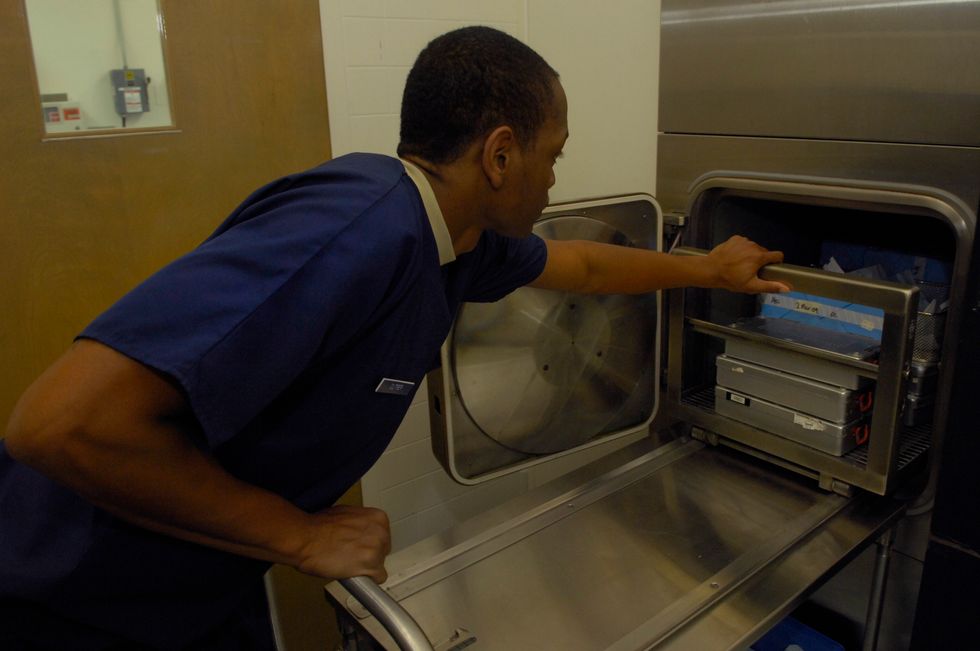According to celitron.com's website, it's no coincidence that autoclaves are considered to be the best modern solution for the sterilization of medical waste and equipment. But how did their popularity reach such a high point? Why are they present in most types of medical facilities nowadays? Read on to find out more about the main principles behind using autoclaves, and how the procedure of steam sterilization can guarantee the safety both patients and staff, as well as the environment.
What Is The Principle Of Autoclaving?
If you ever see an autoclave up close, you might actually be reminded of a pressure cooker. Basically, they are sealable tools that generate high-pressure, saturated steam to kill all kinds of bacteria and microorganisms. This is why they are also known as "steam sterilizers".
Autoclaves can even destroy spores that would otherwise be resistant to heat. How exactly? By raising the pressure inside the chamber and creating a vacuum, this allows the equipment to raise the boiling point of water well over 100 degrees Celsius. Meaning the steam inside the chamber will be able to reach temperatures ranging from 121 to 134 degrees Celsius (of course this also depends on the type of autoclave you chose). This means you can sterilize a load of hospital waste in about 15 or 20 minutes, but this also depends on the volume of the load you put inside the autoclave.
The explanation behind this steam sterilization procedure is actually quite simple. The boiling point of water isn't quite as set in stone as you might believe, as it always depends on the environmental pressure that surrounds it. At sea level, water does indeed boil at 100 degrees Celsius, however, at lower pressures (such as the peak of a mountain), it can even start boiling at around 93 degrees Celsius. Essentially, the higher the pressure, the higher the boiling point of the water, and this is the exact phenomenon that the autoclaves take advantage of!
The Procedure Of Steam Sterilization
Here's a list to help you visualize the principle of autoclaving in its everyday use. Always read the instructions provided by the manufacture before use!
- Place the hospital waste or equipment you want to sterilize inside the pressure chamber of the autoclave, and fill the cylinder of the machine with enough water.
- Close the lid of the autoclave, and put on the electric steam generator.
- Fine-tune the safety valve to the necessary pressure.
- After the water reaches its boiling point, wait for all the air inside the chamber to be sucked out.
- When this is done, close the discharge tap of the autoclave (where all the steam and air will be leaving from).
- When the steam pressure inside reaches the desired level, you can start counting the "holding period" (the required amount of time for steam sterilization to work). In most cases, this will take about 15-20 minutes.
- After this comes the cool-down period: turn off the electric steam generator, and wait until the pressure gauge indicates that pressure inside the chamber is back to normal.
- Slowly open the discharge tap, and allow the air to enter the steam sterilizer.
- Now all you have to do is open the lid of the autoclave, and remove your sterilized hospital waste or equipment!





 Photo by
Photo by  Photo by
Photo by 
 Photo by
Photo by 













